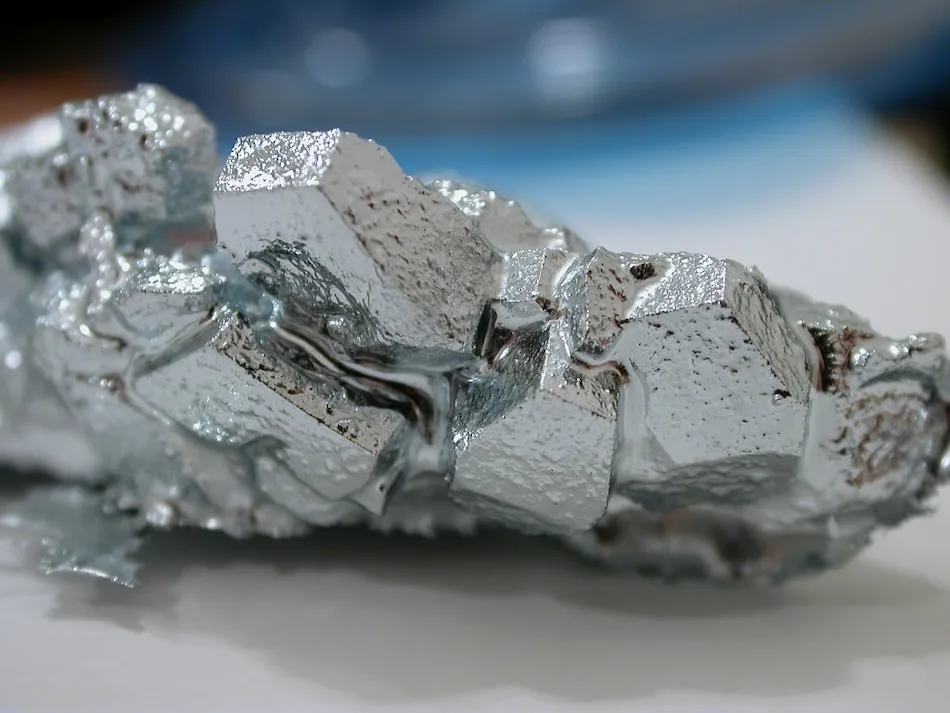In a groundbreaking collaboration between the University of Surrey and the National Synchrotron Light Source II (NSLS-II) at Brookhaven National Laboratory (BNL), a new frontier in atomic-scale X-ray imaging has been unveiled. This achievement, highlighted by the detection of just a few hundred gallium atoms within a silicon crystal, marks a significant leap in nanotechnology research with implications for quantum computing and microelectronics.
The driving force behind this breakthrough is the partnership between Ajith Pattammattel, a beamline scientist at NSLS-II and Yong Chu, program manager of the Imaging & Microscopy Program at NSLS-II. By pushing the detection limits of the Hard X-ray Nanoprobe (HXN) beamline, they demonstrated the capability to spot minuscule impurities that were previously undetectable.
The experiment utilized the advanced X-ray facilities at NSLS-II. The team implanted a mere 350 zeptogrammes of gallium atoms into an otherwise pure silicon crystal at Surrey’s Ion Beam Centre, showcasing the extraordinary sensitivity of X-ray imaging techniques developed through this collaboration.
Dr. Mateus Gallucci Masteghin, a Research Fellow involved in the project, likened the achievement to combining the abilities of Marvel characters Ant-Man and Superman, enabling researchers to peer through materials and discern the tiniest structures. This capability opens doors to engineering nanotechnology devices atom by atom, promising advancements in quantum computing and the development of more efficient and powerful devices.
Looking ahead, Dr. Yong Chu, Manager for the Imaging and Microscopy Program at NSLS-II, expressed excitement about further pushing the detection limits of X-ray microscopes. The team anticipates achieving single-atom sensitivity in the near future, heralding a new era of precision imaging with vast implications across scientific disciplines.
This collaboration between Brookhaven National Laboratory and the University of Surrey not only showcases the cutting-edge capabilities of X-ray imaging but also underscores Long Island’s pivotal role in driving scientific innovation on a global scale.
Gallium (Ga) is a soft, silvery-white, post-transition metal with the atomic number 31 and a melting point of 85.58°F (29.76°C). , Photo: en:user:foobar, CC BY-SA 3.0, via Wikimedia Commons.




